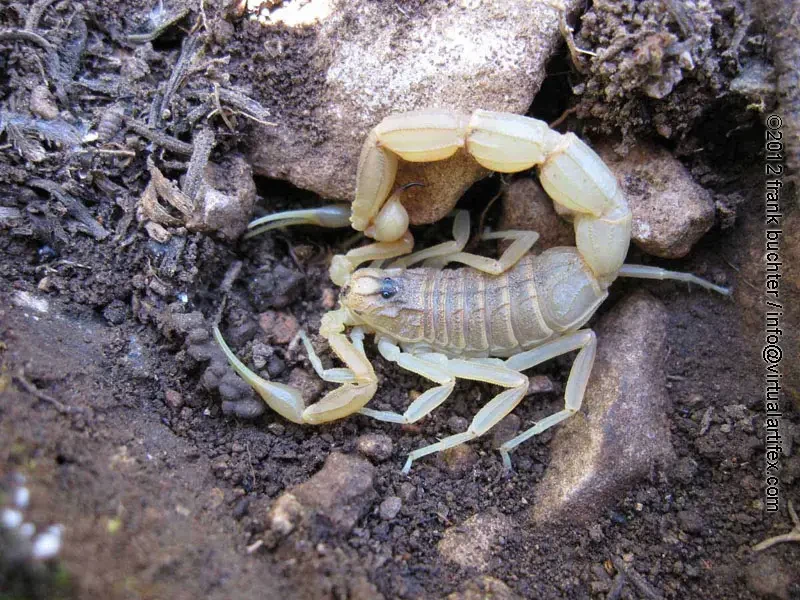Portugal, despite being a relatively safe country in terms of poisonous fauna, is home to some species that can pose a risk to humans. Among the venomous animals found in Portuguese territory, snakes and spiders are the ones that attract the most attention, although there are also scorpions.
The only truly venomous snake found in Portugal is the horned viper (Vipera latastei), which mainly inhabits rocky areas and forests in the centre and north of the country. This viper is relatively small and shy, avoiding contact with humans whenever possible, however, when it feels threatened, it can bite as a self defence mechanism. The venom causes intense pain, swelling, dizziness and in rare cases, more serious reactions. Despite this, deaths are extremely rare. Another species present in the north of Portugal is the St. John’s viper (Vipera seoanei), which mainly inhabits mountainous and humid areas. Although less common than the horned viper, it also has venom and its bite can cause similar symptoms.
The most feared spider around is the European black widow (Latrodectus tredecimguttatus), found mainly in the warmer southern regions. This spider has a potent neurotoxic venom that can cause severe pain, muscle spasms, and neurological symptoms. Despite this, stings are rarely fatal and can be treated with painkillers and medical care. Another spider present in Portuguese territory is the Lycosa tarantula, known as the false tarantula or Iberian tarantula. Common in sandy and dry areas, this spider can be frightening due to its size, but its venom has a mild effect on humans, causing only local pain and irritation.

Portugal is also home to the European yellow scorpion (Buthus ibericus), which can be found mainly in the southern regions such as Alentejo and Algarve. This scorpion has moderate venom and its sting causes intense pain, which can lead to allergic reactions in sensitive people, but does not pose a significant danger to most healthy adults.
If you are bitten or stung by any of these animals, seeking medical attention quickly is the best approach to avoid complications.


